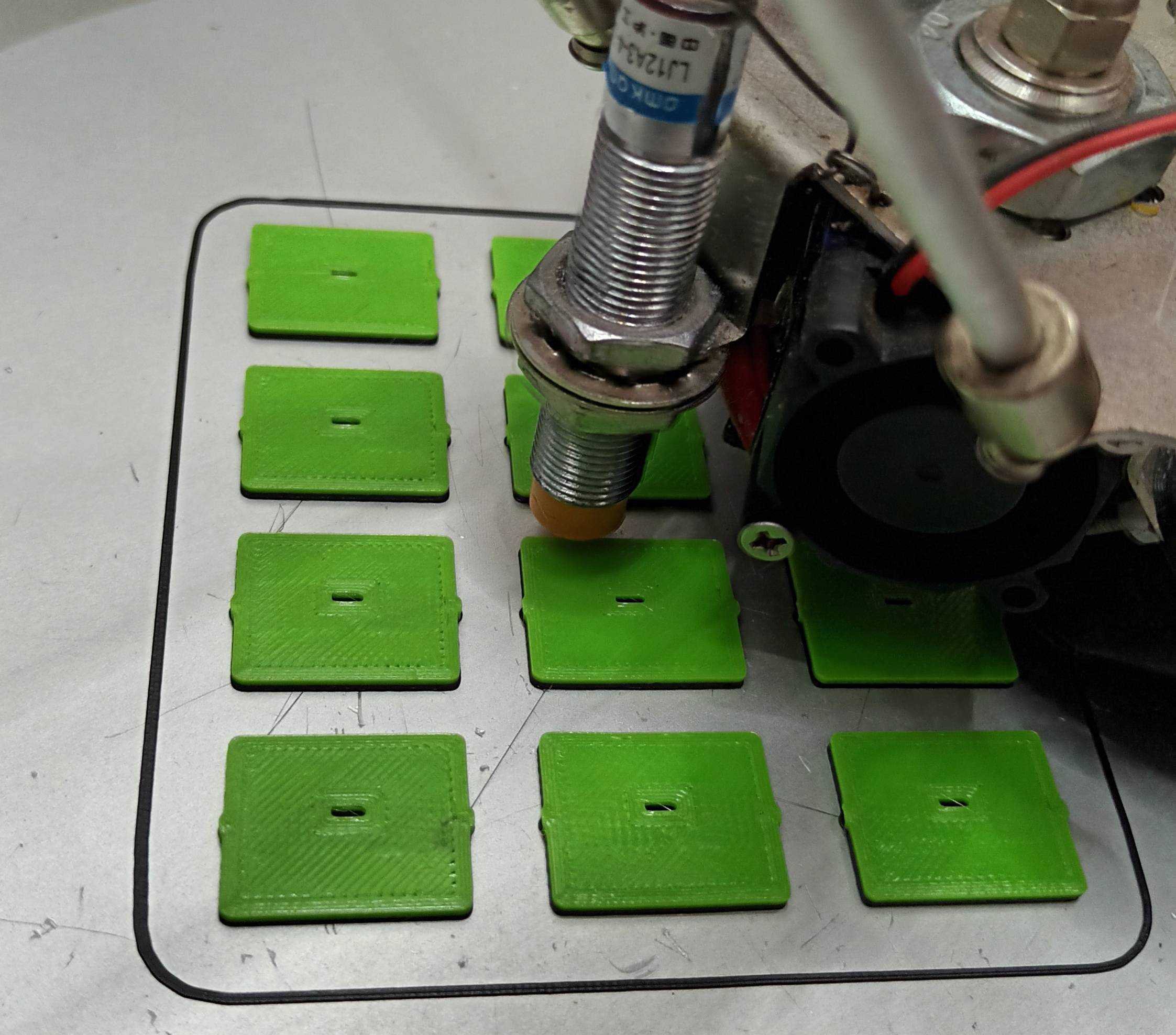To recap: on the outside of a water tank we had a glass tube full of steel washers, flipping over as a magnet floating inside the tank moved up and down with the changing water levels.
The relentless march of time brought with it not only wisdom, but also corrosion. It turns out that, despite efforts to seal the glass tube at both ends, moisture found a way to infiltrate the mechanism, occasionally manifesting as condensation on the inside of the tube, but, more perniciously, resulting in rust of the steel washers, despite the presence of paint on both faces. This should not have been surprising - we are working with water, after all. Furthermore, some pixels were apt to get stuck, probably due to slightly bent axles or other imperfections. This displeased me, for removing and reworking the assembly was awkward.
Then, the ball valve at the inlet of the tank failed, as ball valves at the inlets of tanks do, and, while replacing it, I found myself on top of a ladder, draped over the tank with my head inside the hatch. That was when I inadvertently pushed against the tube, sending it crashing into the trunk of the carob tree. Miraculously the glass was unbroken, but several, nay, most of the pixels were damaged beyond repair, mostly due to their fragile axles having been bent by the impact.
This event at last supplied sufficient impetus to catalyze a redesign of the mechanism.
The following major changes were made, in the hope that they would be improvements:
- No more stainy steel (only stainless, or similarly inert materials). Corrosion is no fun.
- Straight, strong, and shiny, stainless steel sewing pins make marvellous axles, if they can be found in the correct length. (Spoiler: they can.)
- A modular design, to enable the replacement of individual pixels in case they misbehave. Not that they ever will, but still...
- Improved environmental sealing, augmented by desiccant, to further combat the insidious moisture ingress.
- No more spot welding. To our horror we learned that few people have spot welders, while everybody and his dog seems to have a 3D printer. (We have both - but not a dog. Not after Servaas, the dog who did many things in the nighttime, and who also found thunder and lightning very, very frightening.) So, it seems we shall be pandering to the unwashed masses yet again.
- A built-in black background, to maximise the visual contrast. Radiometry matters, too.
- Higher resolution and fill factor. Each pixel has a functional height of 20mm, which is about half of what it was in the previous version, while the indicator flaps themselves are 18mm tall, and rectangular.
The indicating element is now a printed rectangle, black on the back, green in front. How is this achieved, you ask? You don't? You should. Get into the habit of asking questions, and teach your children to do the same. Your grandchildren too.
But we digress - where were we? Ah, yes, the bicoloured 3D-printed flippy flappy: slice in your favourite slicer, and then modify the gcode, inserting a pause after two or three layers, during which you deftly swap the filament from black to green. And not the other way round, for the flap is actually not quite symmetrical - because of the overbalancing mechanism, and the fact that less than 1g of material goes into each flap, there are some subtleties to the design. The axle is ever-so-slightly closer to the black back than to the green front, and the magnet is also not centered vertically.

Print the flippy flappies by starting in black, then switching to something light, like green, by pausing after 2 or 3 layers and swapping filament. Or maybe you have one of those newfangled 3D printers that can do it on the fly. Files found at: https://www.thingiverse.com/thing:6302230
Magnet? What magnet is this that is sprung on us so unexpectedly? Enquiring minds want to know. Most printer filaments exhibit negligible magnetism, so, to supply something for the actuating...
Read more »




 Xo Ne Un
Xo Ne Un
Oh yeah, wrote it up for the blog too! Should post soon.